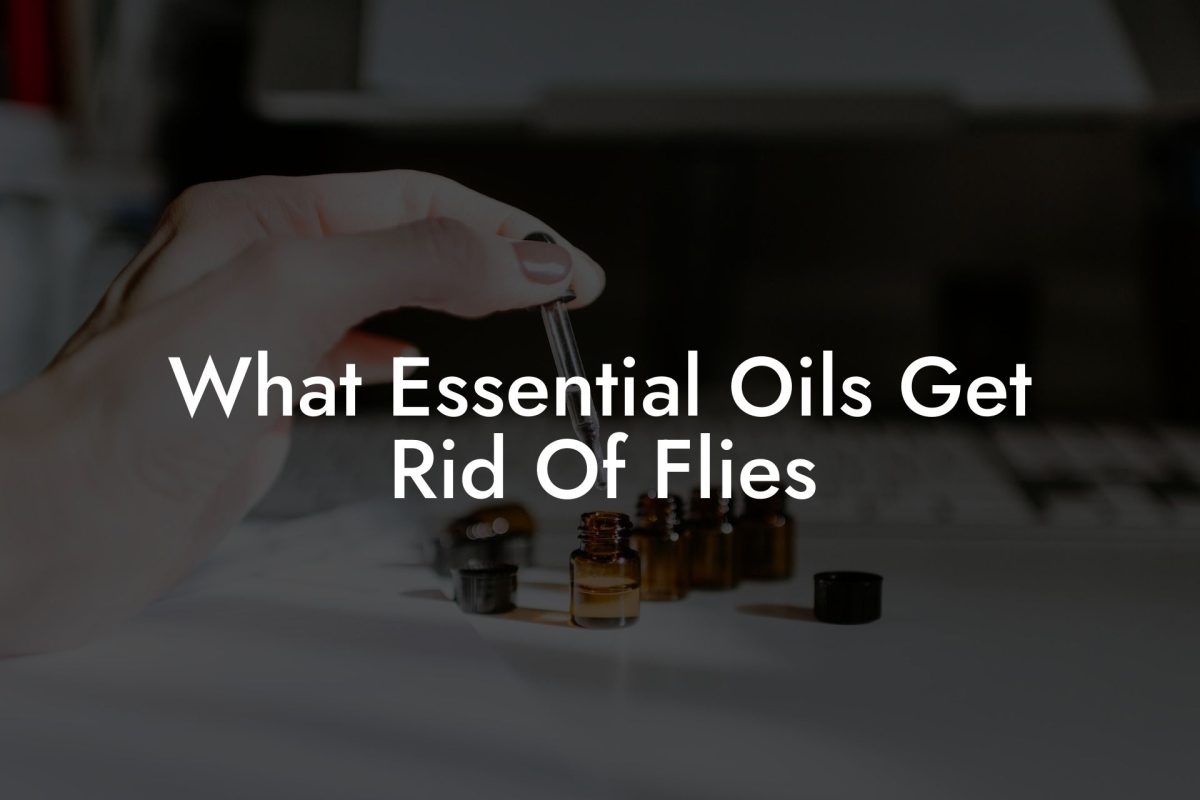Have you ever reached for your essential oils only to find that they smell different or feel different on your skin? It’s a common question among essential oil enthusiasts: how can you tell if your essential oils have gone bad? This comprehensive guide will help you understand how to identify signs your oils might be past their prime and what you can do to ensure they stay fresh for as long as possible.
Table of Contents
Recognizing the Signs of Spoiled Essential Oils
Here are the three main signs that your essential oils might have gone bad:
1. Changes in Odor
One of the most noticeable indicators that your essential oil may have gone bad is a change in its scent. Essential oils are volatile compounds, which means they are highly concentrated and evaporate quickly. Over time, some of the lighter molecules may evaporate, leaving behind a heavier, unpleasant smell. If your essential oil doesn’t smell as strong or has an off odor, it’s a good indication that it’s time to replace it.
2. Changes in Consistency
Another sign that your essential oil has gone bad is if its consistency has changed. As the lighter molecules evaporate, the remaining oil may become thicker. If your essential oil is harder to pour or feels thicker on your skin, it could be a signal that the oil has degraded.
3. Changes in Color
Finally, you should look for any changes in the color of your essential oil. Many essential oils have a natural color that may change or fade as they age, particularly if they are exposed to direct sunlight. Be wary of significant color shifts or discoloration, as this could signify oxidation or spoilage.
Factors That Affect Essential Oil Shelf Life
It’s important to understand the various factors that can contribute to the deterioration of your essential oils:
1. Quality of the Oil
The quality of the essential oil you purchased plays a critical role in determining how long it will last. Higher-quality oils have been processed correctly, ensuring that the natural compounds remain intact. These oils will generally have a longer shelf life.
2. Exposure to Light and Heat
Exposure to direct sunlight or heat can rapidly degrade the quality of your essential oils. Keep your oils in a cool, dark place to help maintain their freshness.
3. Improper Storage
Chemical reactions between the essential oils and the materials used to store them can lead to spoilage or degradation. It’s essential to store your oils in dark, glass containers with air-tight lids to help preserve their quality.
How Long Do Essential Oils Last?
The shelf life of essential oils largely depends on their quality, storage conditions, and the type of oil. As a general rule, most essential oils will last between 1-5 years. Citrus oils tend to have the shortest shelf life, while resinous oils and absolutes can last several years.
How To Tell If My Essential Oils Have Gone Bad Example:
Imagine you have a bottle of lavender essential oil that you’ve had for two years. Upon opening the bottle, you notice the scent is much less potent, and there’s a slightly odd smell to it. Additionally, the oil appears to be thicker than when you first purchased it. These are clear signs that your lavender oil has gone bad and should be replaced.
Now that you know how to tell if your essential oils have gone bad and how to properly store them, you’re all set to make the most of these powerful natural compounds in your daily life. If you found this guide helpful, feel free to share it with friends and family on social media or via email. And for more informative guides and tips on all things essential oils, be sure to check out our blog at Oshu Oils. You can also explore our fantastic range of artisan essential earth oils for all your aromacology needs at www.oshuoils.com.





















